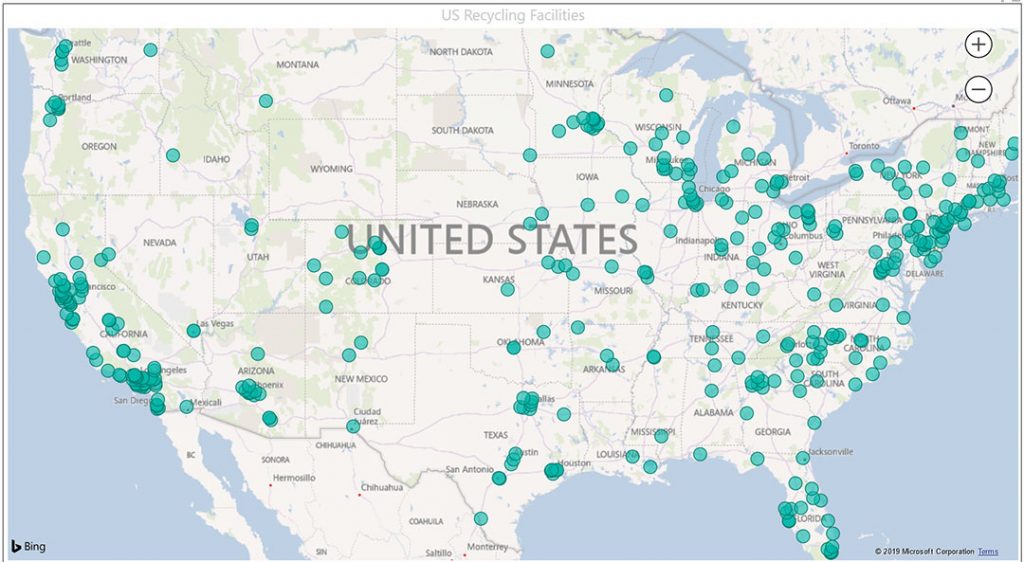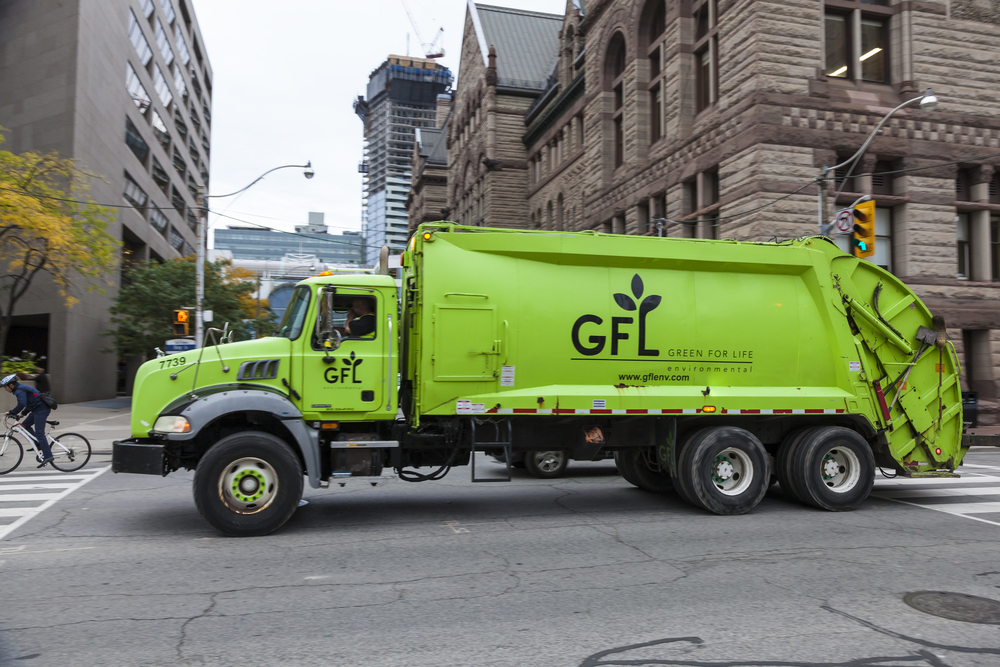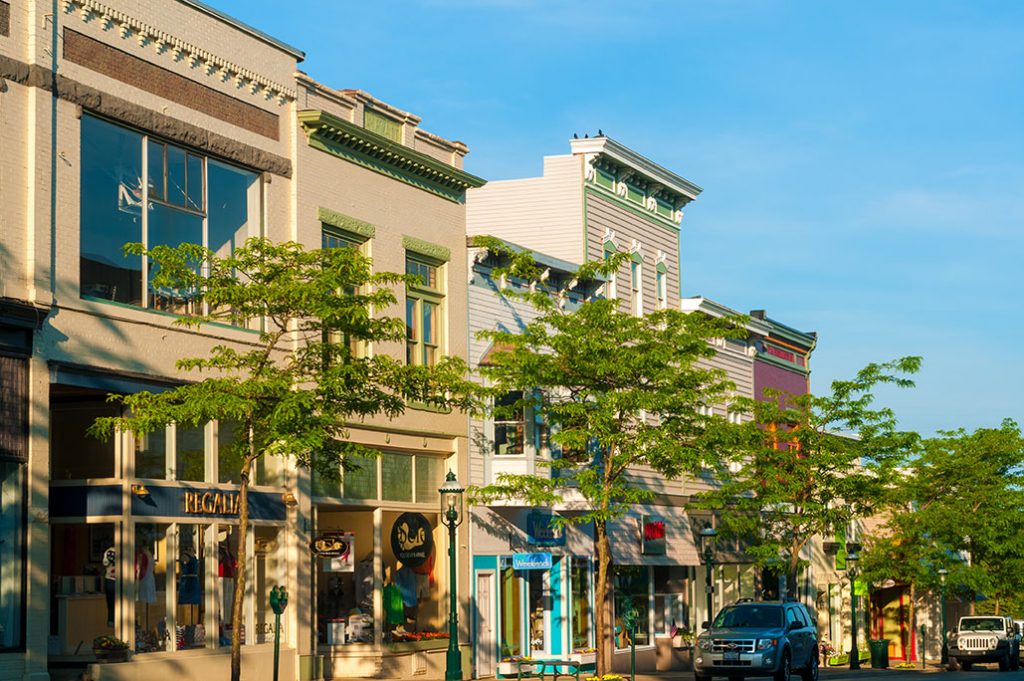
Residents of Petoskey, Mich. in Emmet County will benefit from a $1.8 million MRF upgrade. | Kenneth Sponsler/Shutterstock
A tight labor market, aging equipment, an evolving ton and difficult recyclables markets have spurred a Michigan county to upgrade its MRF. Robots are among the technologies to be installed.


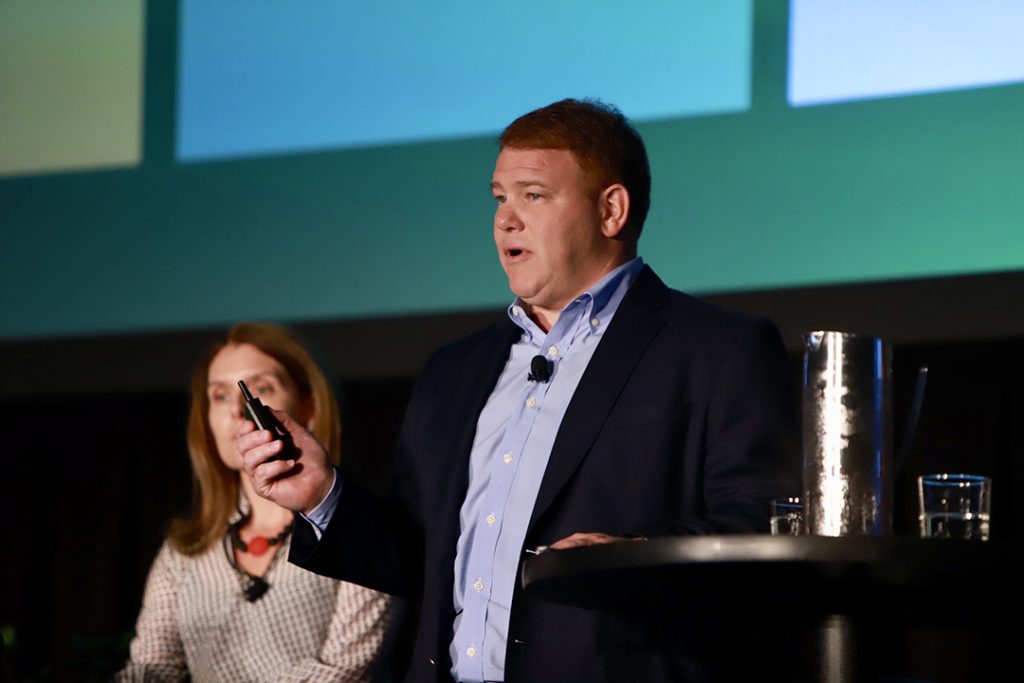

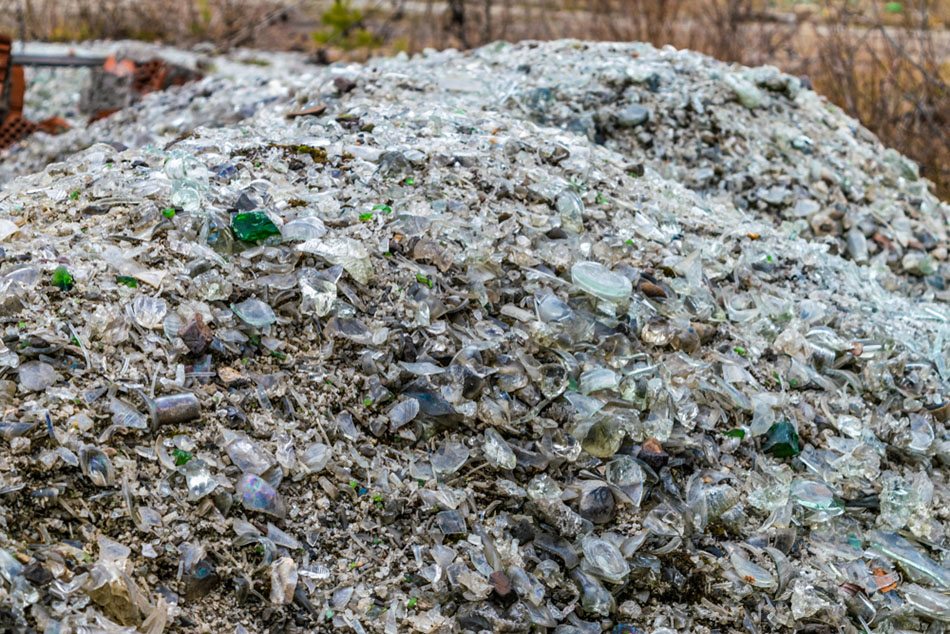
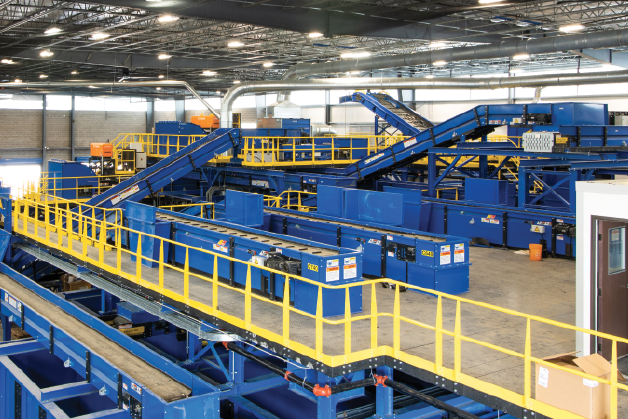 Republic Services believes a different sorting approach can bring about positive change.
Republic Services believes a different sorting approach can bring about positive change.

